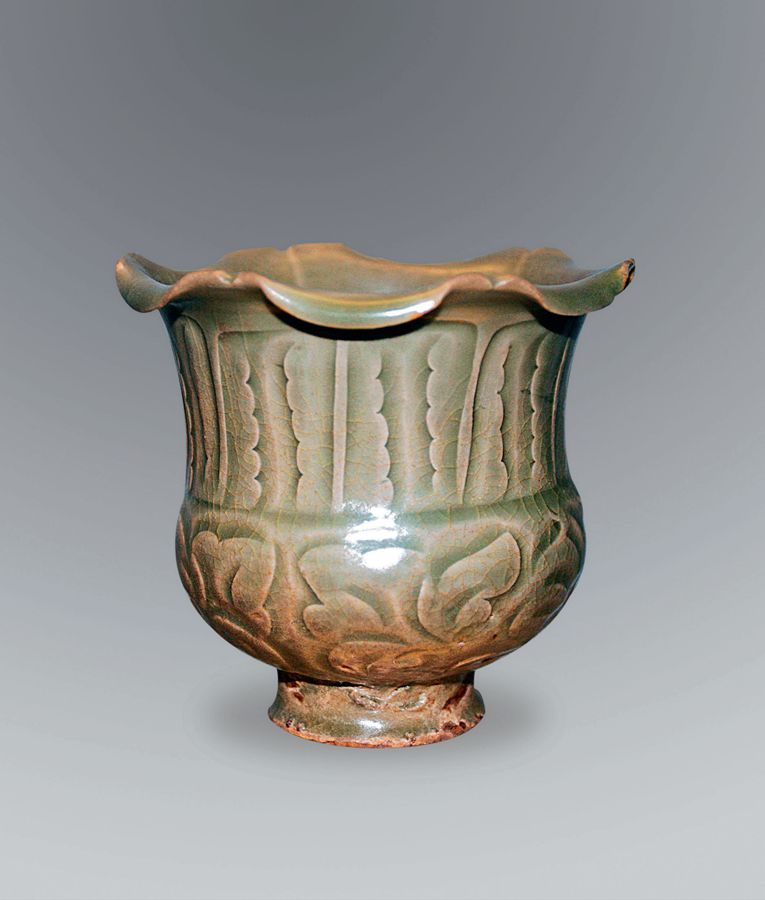Yaozhou Ware,King of Celadon in North China
China Today,January 07, 2019 Adjust font size:
THERE is a saying among Chinese virtuosos that Longquan is the best porcelain in the south, and Yaozhou is the finest in the north. Celadon Yaozhou ware with engraved motifs is lauded as the crown jewel of North China celadon pottery.
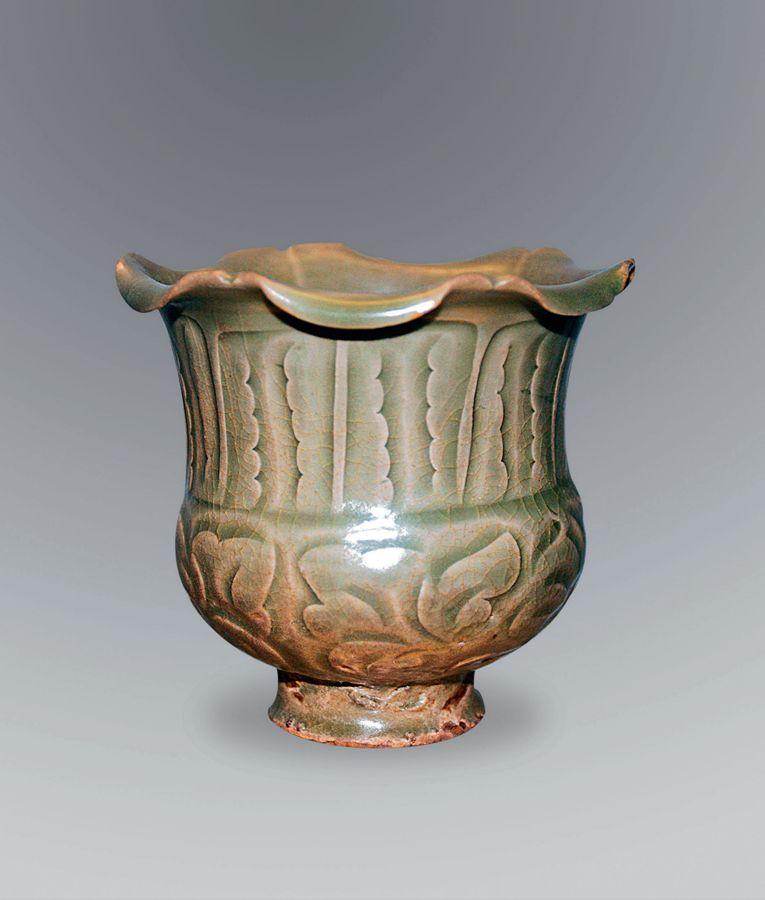
The kiln producing Yaozhou ware was located in Huangbao Town, Tongchuan City of Shaanxi Province. Production started in the Tang Dynasty (618-907), reached its zenith in Northern Song (960-1127), and ceased during the Republic of China period (1912-1949), spanning over 1,300 years. The best known lines are celadon items with carved and impression patterns. Their translucent glaze is of greens that are neither too glaring nor too bland, and the shape is classical.
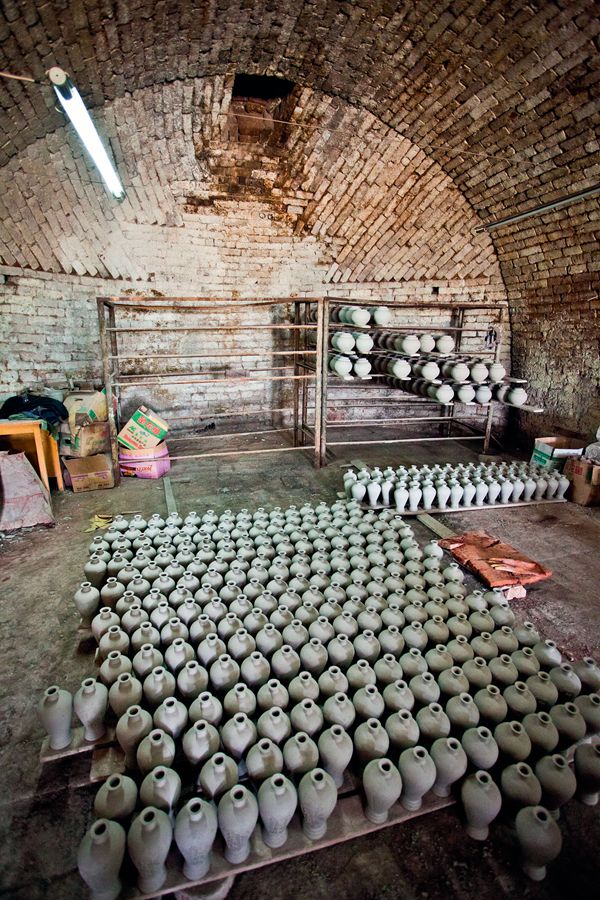
Yaozhou ware covers almost all objects of daily use, including tableware, pillows, lamps, ritual items, and toiletry articles. They come in a dazzling variety of shapes, revealing the great creativity of ancient potters. But the more prized trait of Yaozhou ware is the decoration, primarily carving, impression, and graffito. The lines are smooth but forceful and decisive, creating a relief effect. The motifs include animals, human figures, flora, and geometric drawings. With its nuanced glaze, acclaimed embossing technique and fine shape, Yaozhou ware was once unrivaled in North China.

Celadon Yaozhou Bowl with Engraved Pattern of Playing Children (Palace Museum in Beijing)
With a broad rim and circular base, the finely shaped item is engraved with an interlaced floral design and children playing games on the inside wall. Its olive-green glaze is lustrous and translucent.
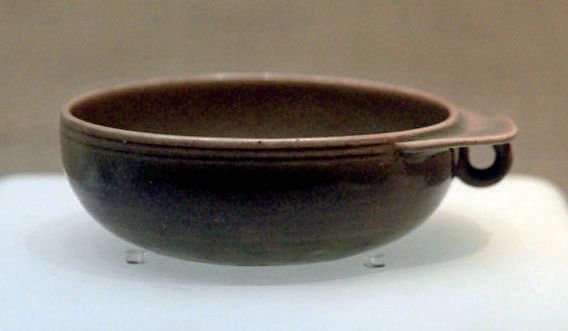
Celadon Yaozhou Ware with Pan Ear (Capital Museum, Beijing)
The Pan ear at the rim functions as a handle. Below is a ring for tying ropes. The outer wall is adorned with two parallel lines (known as string pattern) along the rim. This green-glazed ware was unearthed in a tomb from the Jin Dynasty (1115-1234) in Beijing, and the design is typical of Yaozhou ware of that period. It is a valuable reference for study of Jin pottery.
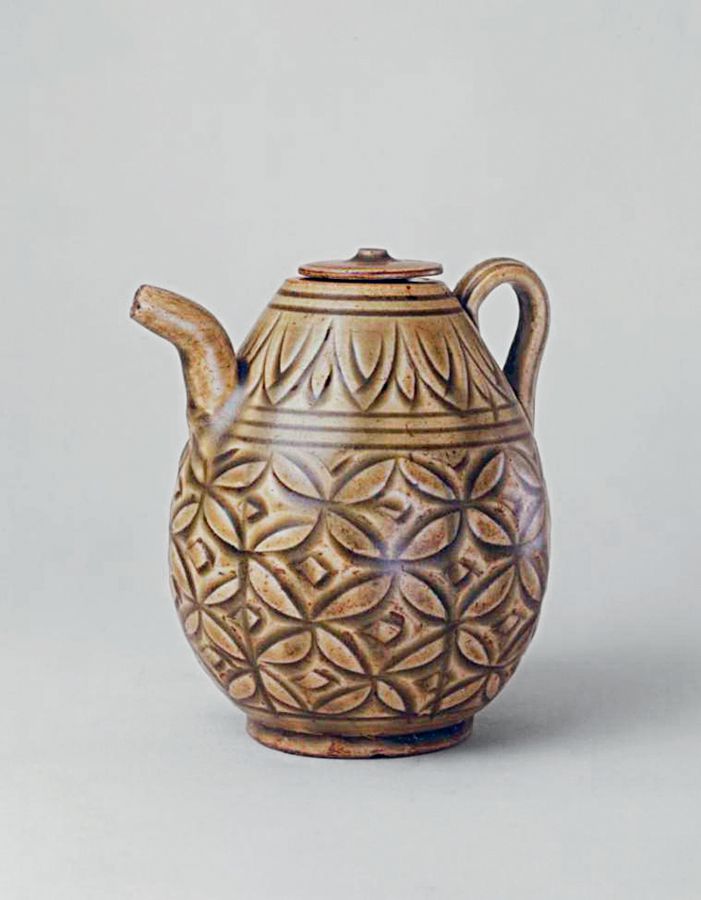
Yaozhou Kettle with Coin Design (Palace Museum in Beijing)
Covered with a small lid that has a slight protrusion on it, the piece has sliding shoulders, a bulging abdomen, circular base, and a curved spout. From top to bottom on the outside are carved a lotus flower pattern, string pattern, coin pattern, and string pattern again. The glaze is of yellowish green.
